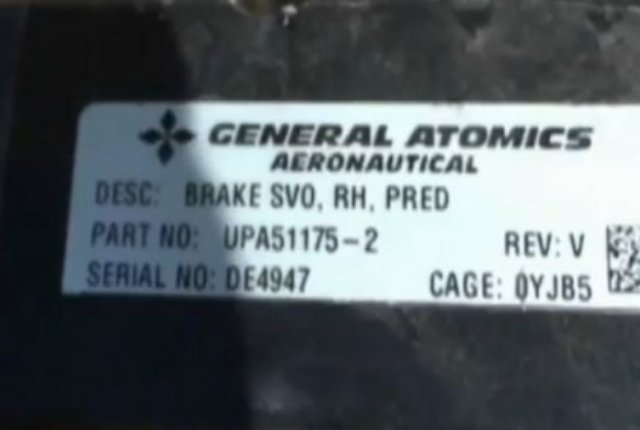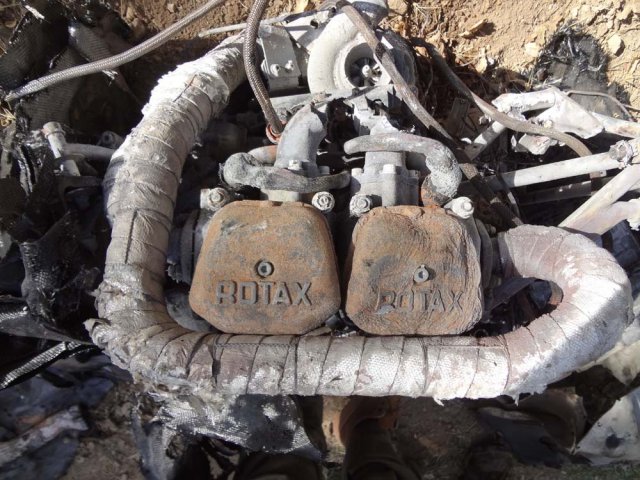Pictures of the wreckage of a U.S. Air Force MQ-1 Predator shot down in Turkey were released by the Kurdish Firat News Agency on September 19.
The aircraft was shot down by the Kurd rebels on Sept. 18, during an operation against the rebel bastion of Uludere, in the Hakkari prefecture.
 According to Turkish and Greek media outlets, the aircraft was part of a force of four U.S. Air Force Predators deployed to Incirlik airbase, in southern Turkey (one of the airports used to launch surveillance missions over Syria).
According to Turkish and Greek media outlets, the aircraft was part of a force of four U.S. Air Force Predators deployed to Incirlik airbase, in southern Turkey (one of the airports used to launch surveillance missions over Syria).
Their primary mission from Incirlik is the surveillance of the Kurdish rebels along the borders between Turkey and Iraq, not far from Iran: images are collected and transmitted to the Turkish General Staff to help Ankara monitoring the movements of militants from the outlawed Kurdistan Workers Party (PKK).
 In fact, the U.S. is cooperating with Turkey in its efforts to combat the PKK by extending Predator flights over northern Iraq, to spy on PKK bases. Ankara insists U.S. Predators should support anti-PKK operations 24 hours a day, a request Washington could be unable to satisfy considered the effort required by America’s UAS war across the world.
In fact, the U.S. is cooperating with Turkey in its efforts to combat the PKK by extending Predator flights over northern Iraq, to spy on PKK bases. Ankara insists U.S. Predators should support anti-PKK operations 24 hours a day, a request Washington could be unable to satisfy considered the effort required by America’s UAS war across the world.
Someone managed to film the crash site and uploaded a video to Youtube.
Source: The Aviationist

It is worth working through some of the evidence that emerges from this video.
1. The fire that occurred at the point of impact has clearly been intense and clearly consumed the bulk of the composite airframe.
2. The fire burnt area is large but also concentrated, while the ground itself has been burnt, indicating the presence of a flammable agent such as fuel.
3. Predator flies at a significant altitude and the PKK is not known to possess medium altitude capable surface to air missile or gunnery systems.
4. If the Predator had been engaged at altitude the type of weapon involved would have resulted in an explosion in the air, which would have consumed the on board fuel stocks and resulted in an extremely wide debris field.
5. It is highly unlikely that the Predator would have been flying at low altitude for any reason in any credible operational scenario.
6. The combination of concentrated debris field and intense burn characteristics point to the aircraft probably hitting the ground intact and for reasons not associated with a ground to air engagement.
7. For all of the above reasons, it is more likely that the aircraft was lost through accident rather than as a result of hostile action.